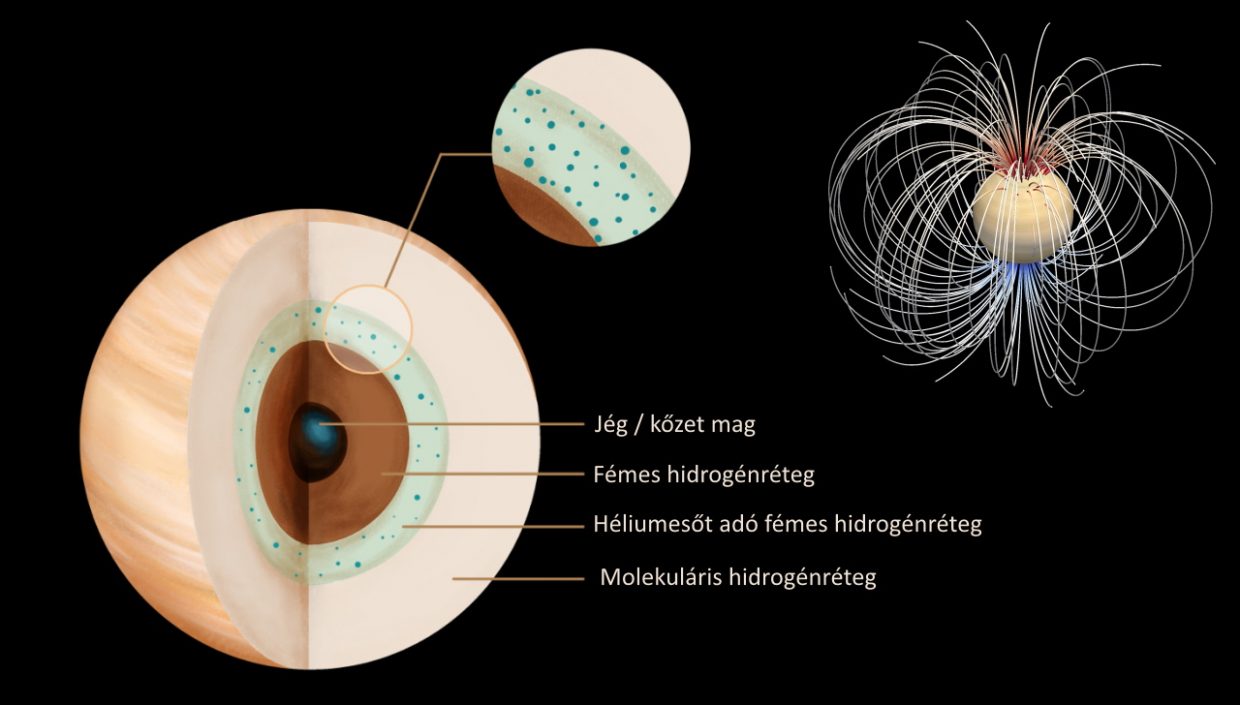Information gathered during the last orbits of the Cassini spacecraft scanning Saturn reveals a lot about its magnetic field, and with it inside the planet. Based on the behavior of magnetic field data A. Johns Hopkins University His research team has created a new model of Saturn’s interior that can actually be used to simulate Saturn’s dynamo – the forces that create its gravity. The simulations revealed the possible conditions actually needed to create the known magnetic field.
The deeper core of the planet is solid (consisting of rock or ice), and above it the layer in which hydrogen is in a metallic state, with helium mixed into it due to high pressure; In this layer, convective flows occur which are continuously moving this melt in the vertical direction. In practice, this layer acts as a dynamo.
Above this is the layer which, according to the model, also consists of metallic hydrogen, but is stable, shows no convection, and in this, it is still massive, but below the deep layer, the helium is no longer mixed but falls like rain. Although there are no vertical currents in this stable helium-bearing layer, heat transfer also occurs here, with the layer being warmer in the equatorial region and colder near the North Pole. Based on the simulations, this is due to the stability of the helium layer and the heat flux between the equatorial arctic region, where Saturn’s magnetism is very symmetrical.










































